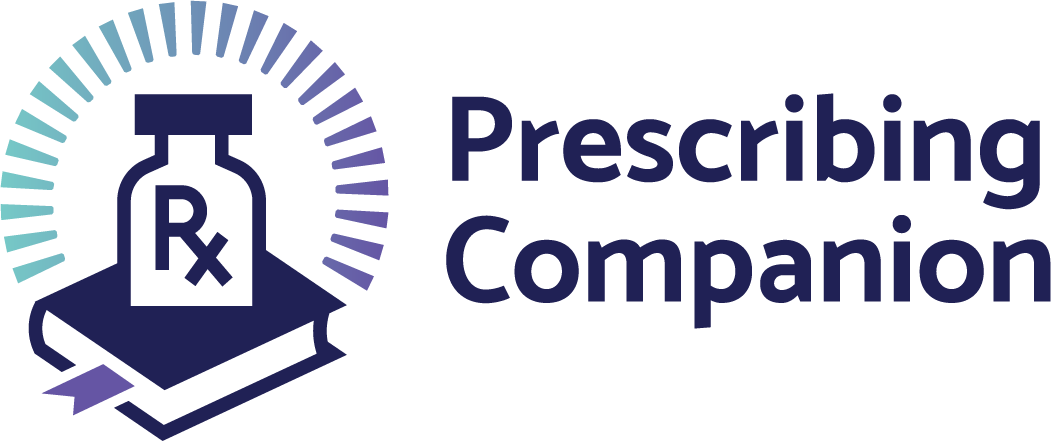Urinary Tract Infection
exp date isn't null, but text field is
This is an infection, often bacterial, of the ureters, bladder and urethra. Urinary tract infection occurs much more frequently in women than in men, especially in pregnancy.
Most urinary tract infections are commonly caused by gram-negative bacteria, including E. coli, Klebsiella species, and Proteus species. Less commonly caused by gram-positive cocci such as Staphylococcus species (especially non-coagulase Staphylococcus, and Enterococci.
Clinical Features In general, symptomatic urinary tract infections are characterised by irritative symptoms of the urinary bladder i.e.
- Frequency,
- Urgency and
- Dysuria (pain on passing urine).
Urinary tract infections may also be asymptomatic and diagnosis is coincidental on testing the urine and possibly culture of the urine.
Predisposing factors to urinary tract infections include catheterisation, colposcopy, cystoscopy and following intravenous urogram (I.V.U).
Complications These include:
- Chronic pyelonephritis
- Prostatitis in men
- Acute epididymo orchitis
Diagnosis This is made by history, physical examination and laboratory investigations. Midstream specimen (MSSU) urine is collected for microscopy, culture and sensitivity. The diagnosis is based on colon count of bacteria of more than 10/5/ml on culture.
Treatment This should be instituted based on the common cause of UTI. Treatment should be reviewed as soon as the sensitivity results are ready.
Drugs
Based on sensitivity:
Nitrofurantoin 50 - 100mg 12 hourly for 5 to 7 days
OR
Nalidixic Acid 250mg 8 hourly for 5 days
If there are complications these drugs are used for at least 14 days or more.
Refer repeated infections to a higher level.
Supportive Increase water intake, prophylactic antibiotic therapy for those who have multiple repeated urinary tract infection or those who have a congenital abnormality of the urinary tract predisposing them to multiple repeated infections before surgical correction of such abnormality.
